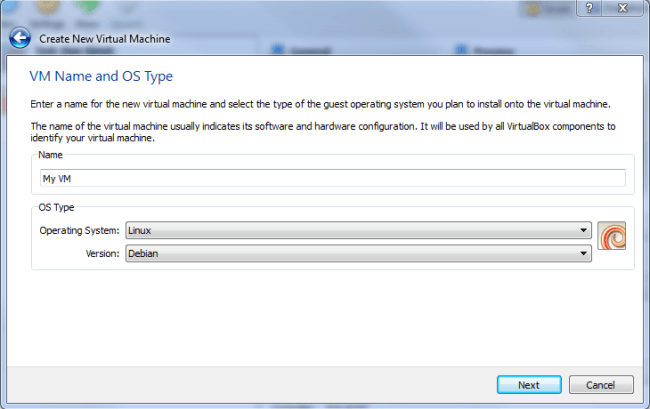

Windows does not come with a native utility to zero-fill unused space but you can find the excellent SDelete tool at Microsoft’s TechNet: 4. The most effective way to clean free disk space on a Windows drive is to overwrite the unused space with a bitstream of zeros or to zero-fill any free space. These garbage bits and bytes are from the contents of files that used to occupy that space but that are no longer there. If you want to also shrink the disk, then Using the Windows defrag tool will help with the shrink process.Īfter the disk has been defragmented, the virtual Windows drive will still have unused space containing garbage bits and bytes.The best way to do this is to run the Windows disk cleanup tool, including the option to “clean up system files”.If you will not be using a dynamic disk, and do not need to shrink it, then you can skip these first 3 steps obviously. thankfully this turned out to be quite simple. To compact the disk, I discovered I have to convert the vmdk to a VDI file. This is one thing I needed to do in order to reduce the amount of space used by my restored virtual disk image.įirstly in order to get the vmdk to boot I had to enable EFI mode in virtualbox settings. While the vmdk file does work with VirtualBox natively, I discovered that it does require some work to get it to boot and you cannot do much else with it, which includes shrinking it. Although Windows 10 now does include a cut down version of hyper-v allowing you to run virtual machines, you do need the PRO version of Windows, which I did not have at the time of writing this, I was running Windows home edition.

I have tended to use Oracle VirtualBox locally for my virtual machines since it is compatible with a lot of appliance templates and vhd images you can download online and is free and has a small footprint. I have been testing out Solarwinds MSP backup, and one of the features this has is that you can restore the backup to a virtual disk, which is in VMware vmdk format.


 0 kommentar(er)
0 kommentar(er)
